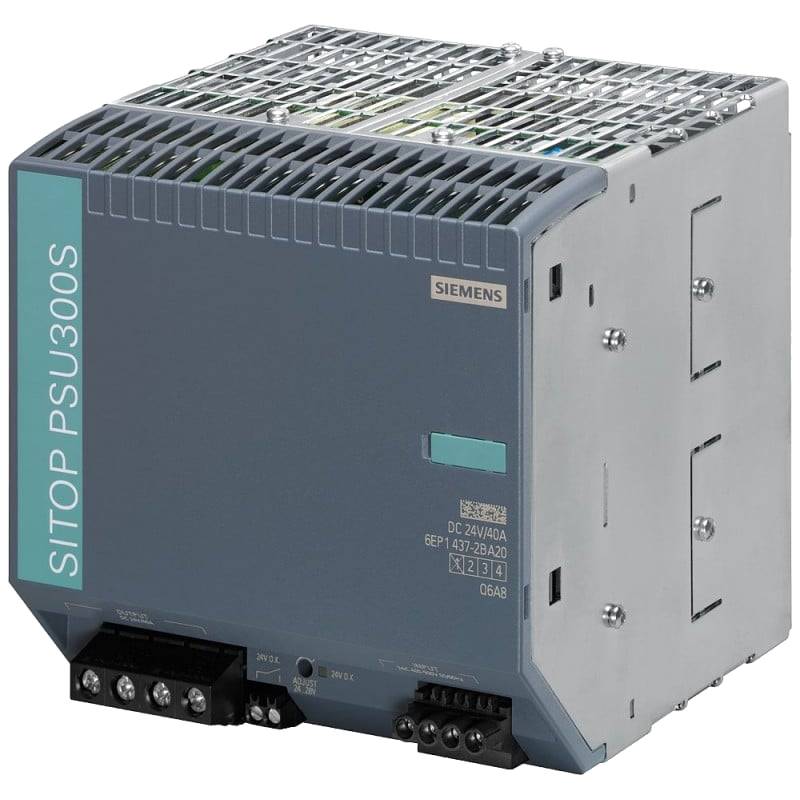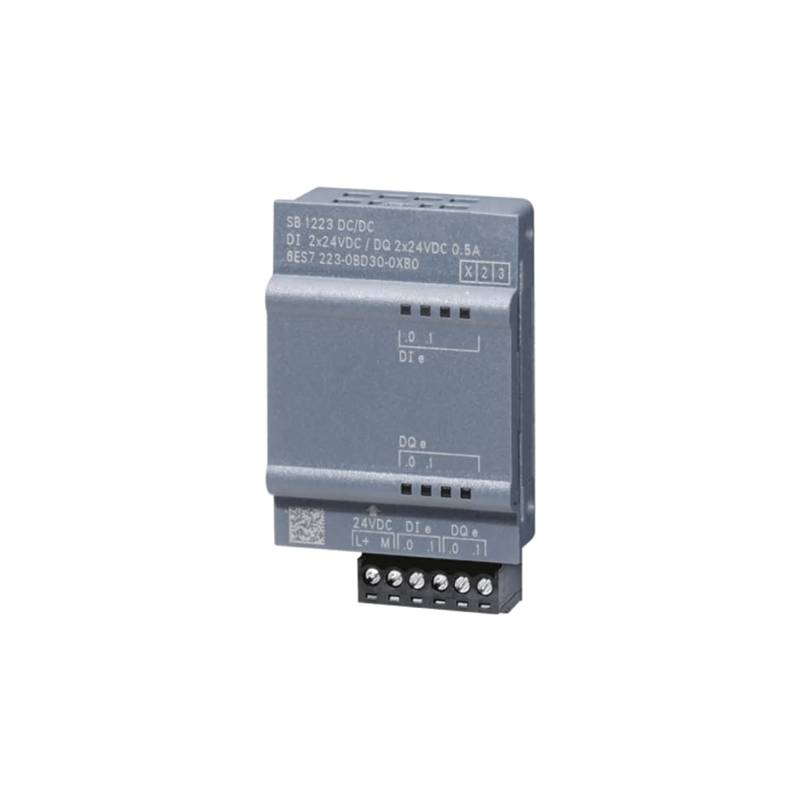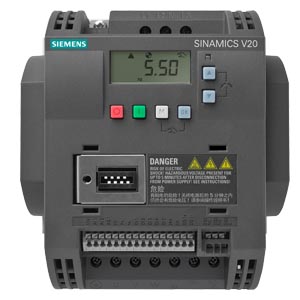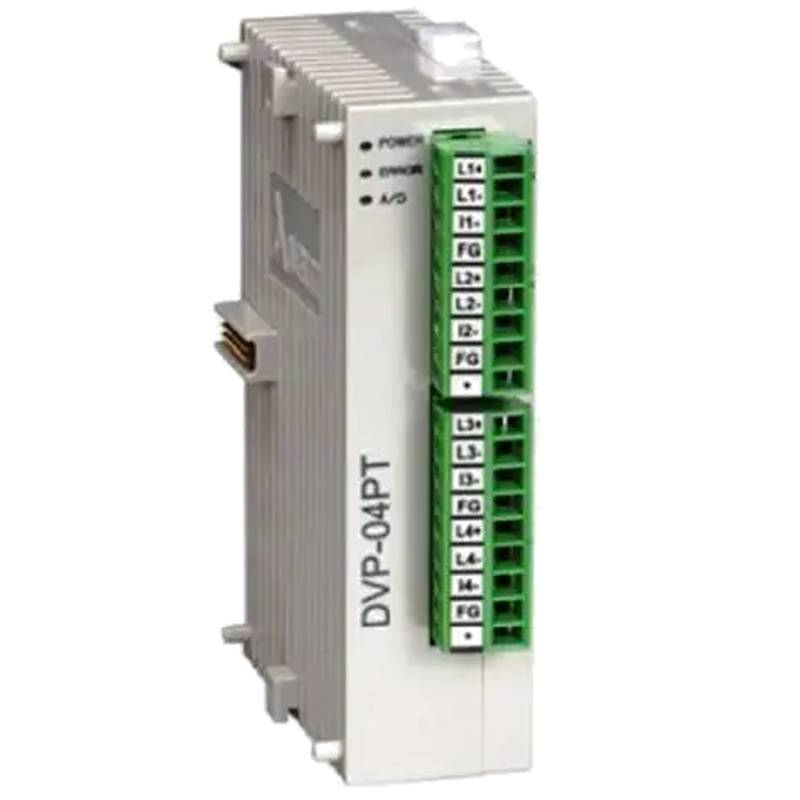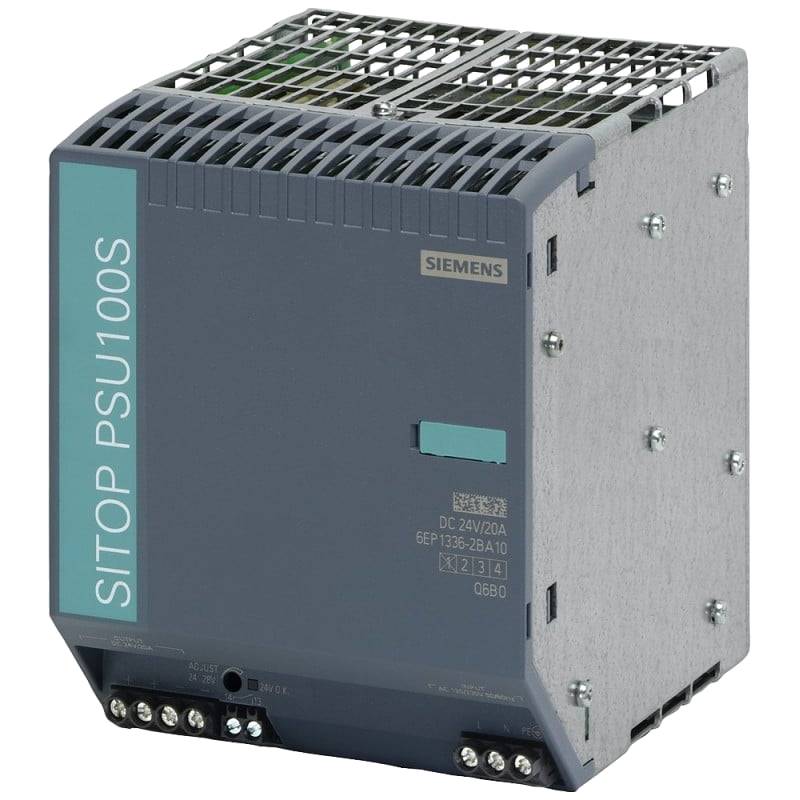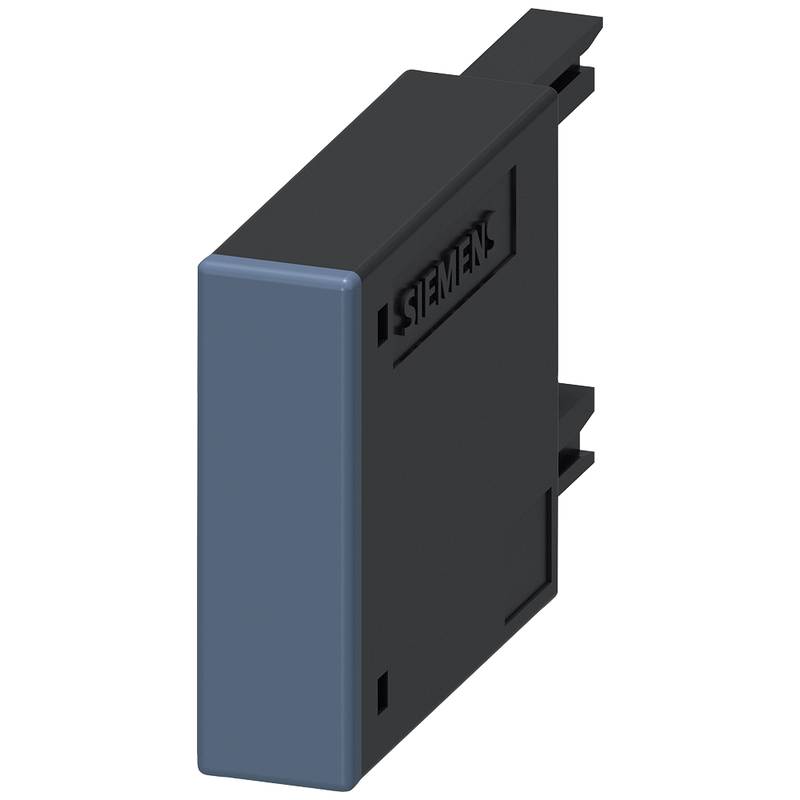
The Siemens 6EP1437-2BA20 stands as a pinnacle of industrial power supply technology, engineered for demanding applications where reliability and performance are non-negotiable. This high-performance, stabilized power supply delivers a robust 24V DC output with an impressive 40A current capacity, ensuring consistent and clean power for critical control systems, automation equipment, and complex machinery. Its key advantages lie in its exceptional efficiency, compact design, and advanced protection features, making it a preferred choice for plant operators and system integrators seeking seamless operation and minimized downtime. Technical parameters highlight its impressive input voltage range of 400-500V AC and its sophisticated stabilization capabilities.
Siemens 6EP1437-2BA20: Core Features & Market Positioning
The Siemens 6EP1437-2BA20 distinguishes itself in the competitive industrial power supply market through several core features that translate into significant operational advantages. Its primary differentiator is the advanced stabilization circuitry, which actively compensates for fluctuations in the incoming power grid, guaranteeing a stable 24V DC output essential for sensitive electronic components. This inherent stability minimizes the risk of equipment malfunction or premature failure, a critical consideration in high-availability industrial environments. Furthermore, the power supply boasts a remarkably high efficiency rating, reducing energy consumption and heat dissipation, which contributes to a lower total cost of ownership and a more sustainable operational footprint. Its robust construction and adherence to stringent industrial standards (e.g., CE, UL) underscore its reliability and suitability for harsh operating conditions, positioning it as a premium solution for mission-critical applications where compromise is not an option. The unit's slim profile also allows for space-saving installations within control cabinets, a valuable asset in increasingly space-constrained industrial settings.
Product Specifications
| Parameter | Value |
| :-------------------- | :---------------------------------- |
| Manufacturer | Siemens |
| Product Series | SITOP modular |
| Model Number | 6EP1437-2BA20 |
| Output Voltage | 24 V DC |
| Output Current | 40 A |
| Input Voltage Range | 400-500 V AC |
| Output Power | 960 W |
| Efficiency | Up to 93% |
| Protection | Overload, short-circuit, overvoltage |
| Operating Temperature | -20 to +70 °C |
| Dimensions (W x H x D)| 125 x 250 x 200 mm |
| Mounting Type | DIN rail |
| Approvals | CE, UL, CSA, ATEX, FM |
Key Application Scenarios
The Siemens 6EP1437-2BA20 finds its optimal application in scenarios demanding unwavering power stability and high current delivery. It is extensively utilized in complex industrial automation systems, providing reliable power for PLCs, HMI devices, servo drives, and sensor networks in manufacturing plants. In the chemical and petrochemical industries, its robust design and adherence to safety standards like ATEX and FM make it suitable for hazardous environments where reliable operation is paramount. Furthermore, it is an ideal solution for large-scale machinery, conveyor systems, and robotic cells that require a substantial and consistent power source to operate efficiently and without interruption. Its ability to handle significant inrush currents also makes it well-suited for powering equipment with high starting loads.
Practical System Integration Guidance
Integrating the Siemens 6EP1437-2BA20 into an existing or new industrial control system is a straightforward process, facilitated by its modular design and standard connectivity options. For installation, the unit is designed for DIN rail mounting, allowing for quick and secure attachment within standard electrical enclosures. Proper wiring is crucial; ensure that the input terminals are connected to a stable AC power source within the specified voltage range (400-500V AC), observing correct phase connections. The output terminals should be connected to the DC loads, with attention paid to polarity and adequate conductor sizing to handle the 40A current. For systems requiring redundancy or increased capacity, multiple 6EP1437-2BA20 units can be paralleled, though this requires specific configuration and safety measures, often involving the use of Siemens' dedicated SITOP redundancy modules, to ensure balanced load sharing and prevent damage. Always consult the official Siemens SITOP documentation for detailed wiring diagrams and paralleling instructions.
Operation and Risk Mitigation
Operating the Siemens 6EP1437-2BA20 involves understanding its protective mechanisms to ensure longevity and safe operation. The unit features comprehensive protection against overload, short circuits, and overvoltage, which automatically trigger shutdowns or current limitation to safeguard both the power supply and connected equipment. In the event of an overload or short circuit, the power supply will typically enter a hiccup mode or shutdown, requiring a power cycle to reset after the fault condition is cleared. For overvoltage protection, the unit is designed to prevent damage from external surges, though it's always advisable to implement upstream surge protection devices for maximum system security. Regular visual inspection of terminals for secure connections and ensuring adequate ventilation around the unit are critical for preventing overheating and maintaining performance. Familiarize yourself with the unit's status LEDs, which provide visual feedback on operational status and potential fault conditions.
Scalability & Long-Term Value
The Siemens 6EP1437-2BA20 offers significant scalability and long-term value, making it an astute investment for evolving industrial needs. Its modular design within the SITOP product family allows for straightforward expansion; if an application's power requirements increase, additional 6EP1437-2BA20 units can be paralleled to provide higher current output, or different modules from the SITOP series can be integrated to offer enhanced functionalities such as selective tripping or energy storage. Compatibility with modern industrial communication protocols, when paired with appropriate interface modules, allows for seamless integration into IIoT platforms and Industry 4.0 initiatives, enabling remote monitoring, diagnostics, and predictive maintenance. This future-proofing capability ensures that the power infrastructure remains relevant and efficient, contributing to reduced lifecycle costs and enhanced operational intelligence over the long term.
Frequently Asked Questions
What is the maximum ambient temperature for the Siemens 6EP1437-2BA20?
The Siemens 6EP1437-2BA20 is rated for operation within an ambient temperature range of -20 to +70 degrees Celsius. This wide operating window ensures reliable performance even in challenging industrial environments. Proper ventilation is crucial to maintain temperatures within these limits for optimal efficiency and lifespan.
Exceeding the maximum rated temperature can lead to reduced performance and potential damage to internal components. Always ensure sufficient space around the unit for heat dissipation.
Consider using external cooling solutions if operating consistently at the upper limits of this range.
How do I connect multiple Siemens 6EP1437-2BA20 units in parallel?
Paralleling the 6EP1437-2BA20 units requires specific considerations for load sharing and protection. Siemens recommends using their SITOP redundancy modules or specialized DC-coupling devices. These ensure that current is distributed evenly between the units, preventing overload of a single power supply.
Careful wiring is essential, ensuring all units are connected to the same DC busbar with appropriate cable sizes. Incorrect paralleling can lead to device failure or instability.
Always consult the official Siemens SITOP technical documentation for detailed wiring diagrams and configuration guidelines for parallel operation.
What are the typical fault indicators for the Siemens 6EP1437-2BA20?
The Siemens 6EP1437-2BA20 is equipped with status LEDs that provide clear visual indicators of its operational state and potential faults. A steady green LED typically signifies normal operation and that the output voltage is within tolerance.
Flashing or red LEDs usually indicate a fault condition, such as an overload, short circuit, or internal device error. The specific LED pattern will correspond to the nature of the fault.
Refer to the product's user manual for a comprehensive guide to interpreting all LED status signals and troubleshooting specific fault codes.














